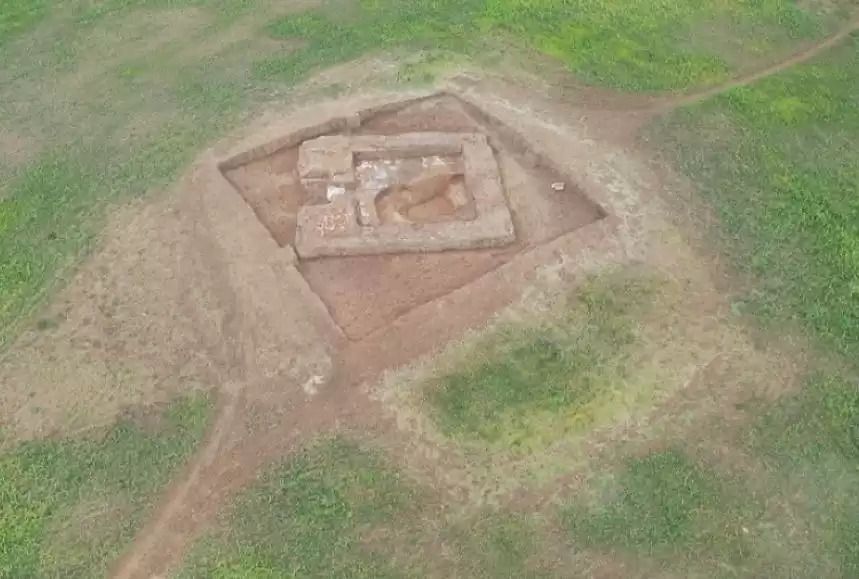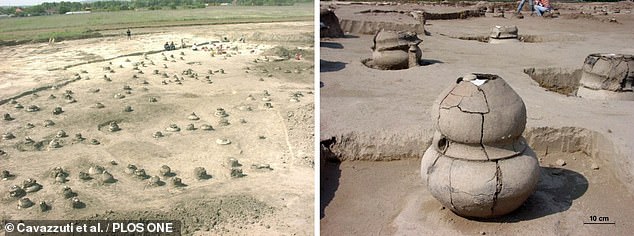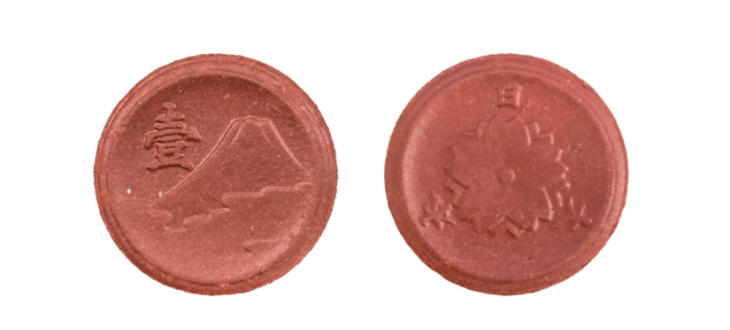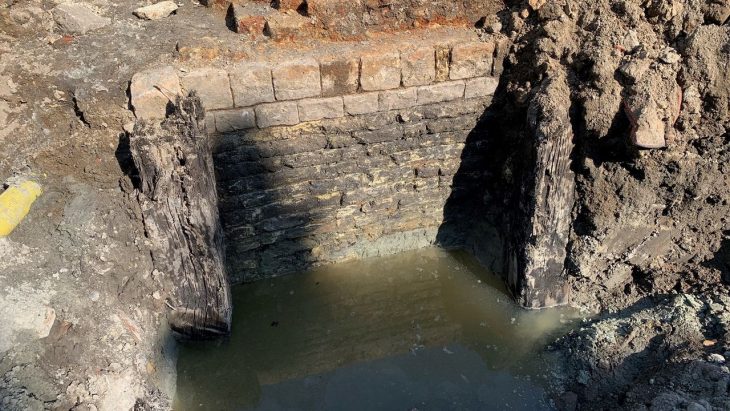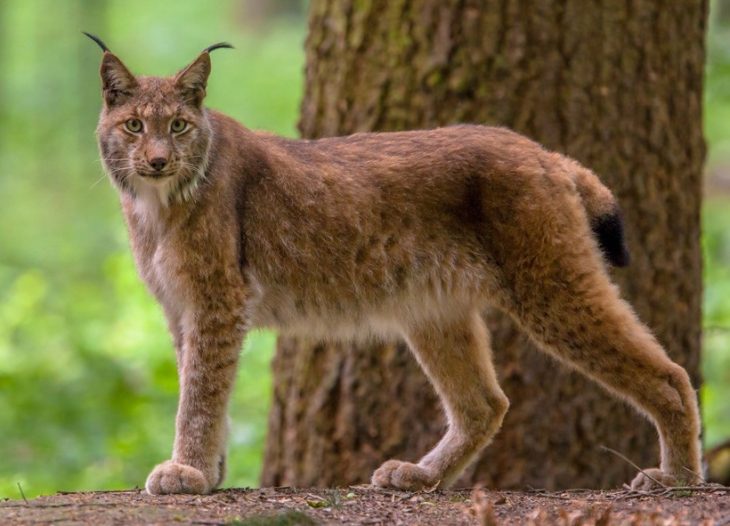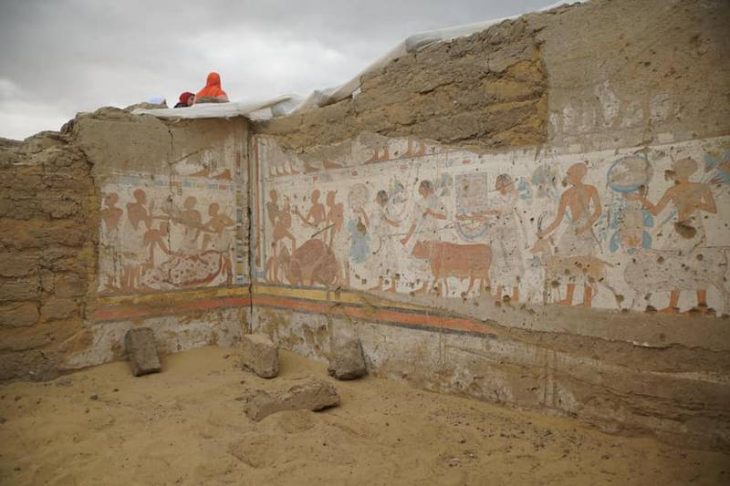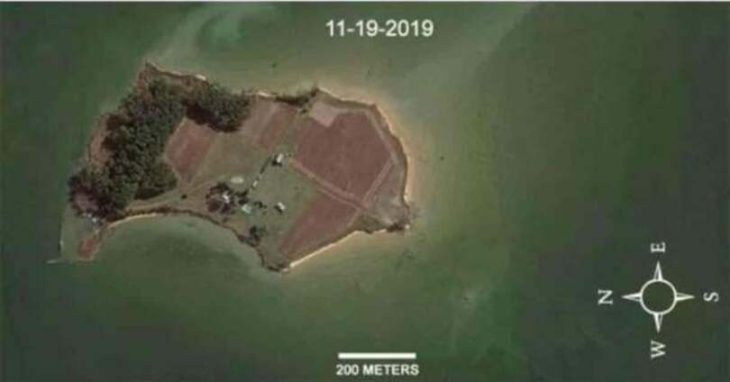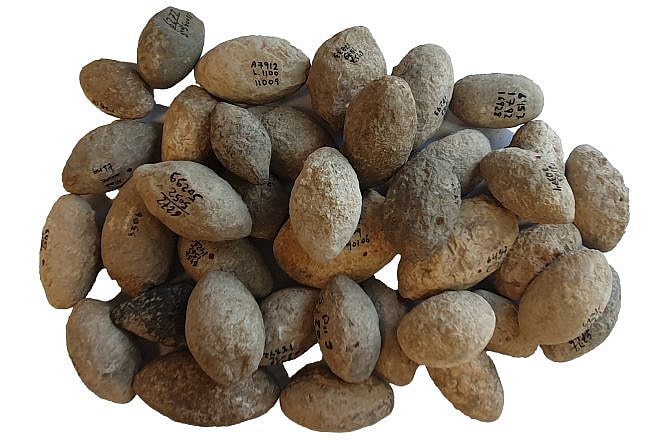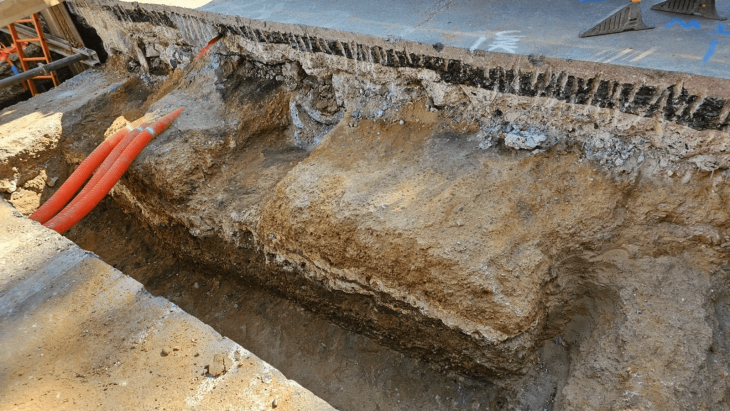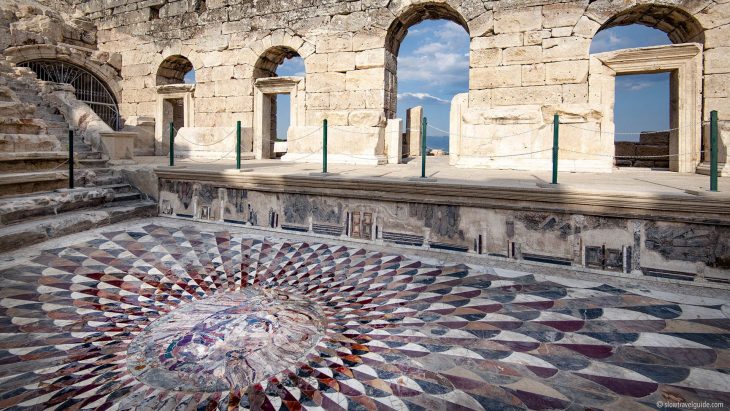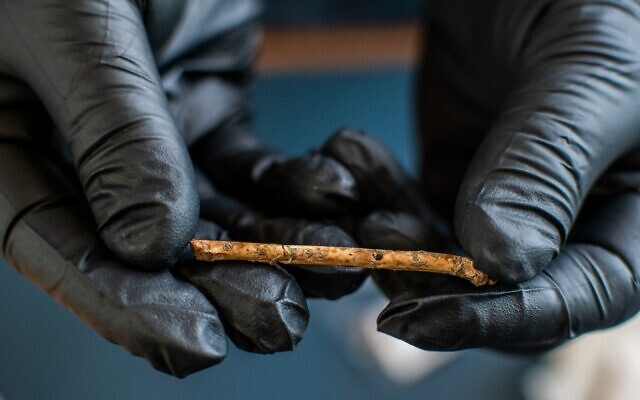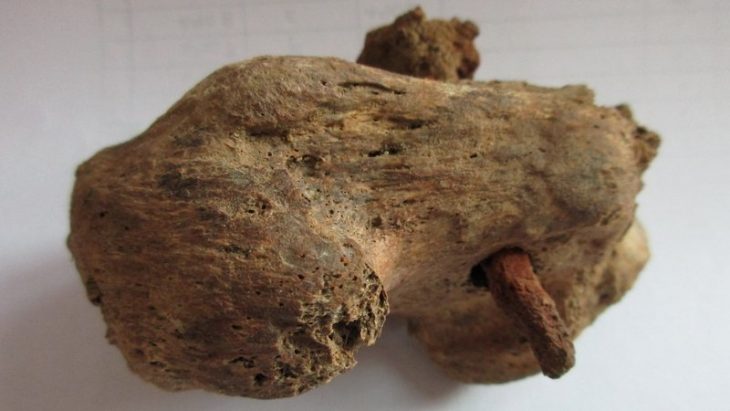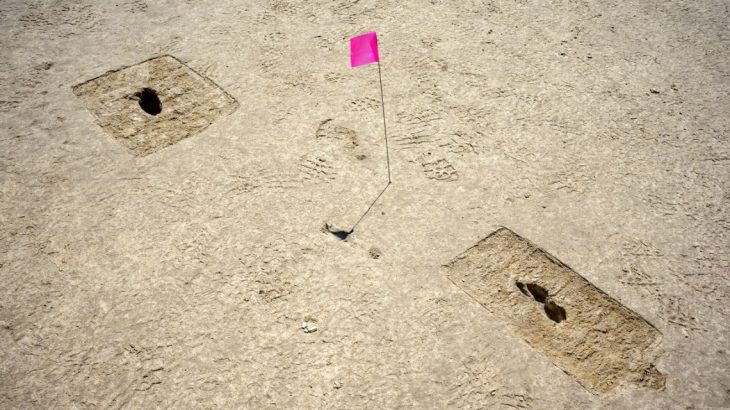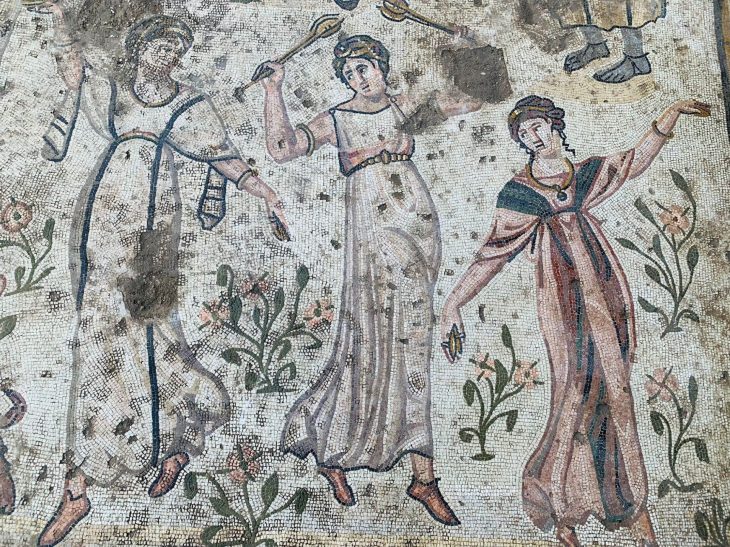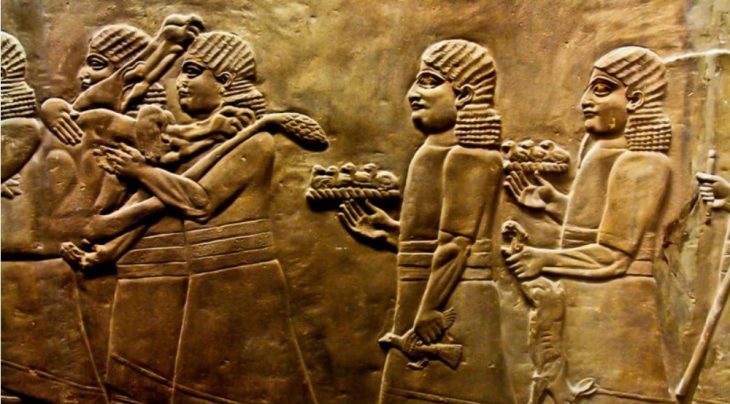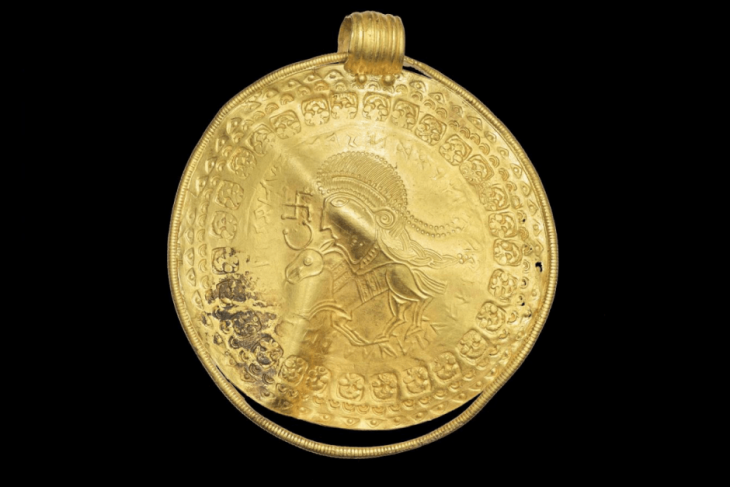Remains of a mausoleum dating back to the Golden Horde in the 15th century were discovered on the territory of the Korgalzhyn district in the Akmola Region a centrally located region of Kazakhstan, reported Khabar 24 news agency.
The Archaeologists of Astana have already excavated several mausoleums in the area of the medieval town in Akmola region. This is the third historical monument discovered in Korgalzhyn district.
The unique find is an octagonal structure. The length of each side slightly exceeds 1.5 meters, and the diameter is about 4.5 meters. The mausoleum was built of burnt and half-baked brick, fastened with lime mortar. Once this area was the site of pilgrimage. There was a tomb opposite the mausoleum.
Due to its location on agricultural land, the condition of the mausoleum’s structures is estimated as poor. Besides, according to scientists, some burial structures were exposed to robberies, so there are no human remains in them.
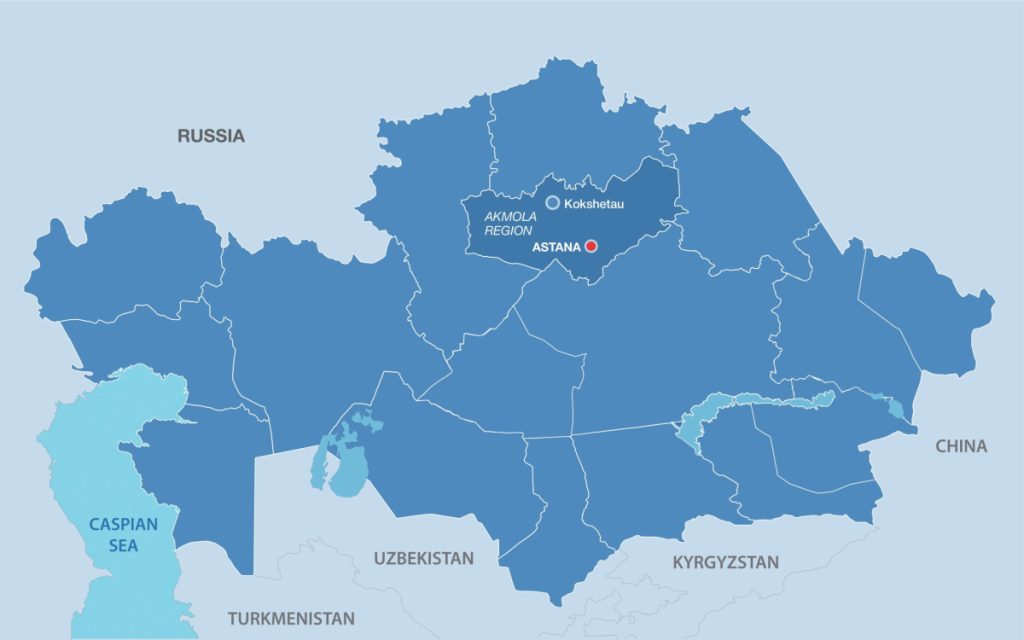
Archaeologists discovered various household items without any remains of the Golden Horde inhabitants. The researchers hope their discovery will provide insight into the burial traditions, religious rites, and culture of the Golden Horde, which can be included in a multi-volume book on the history of Kazakhstan.
The presence of the mausoleum indicates the existence of a previously unknown cultural, political, and sacred center of the nomadic hordes who inhabited the steppes of Kazakhstan.
The Golden Horde, also known as the Ulug Ulus ‘Great State’ in Turkic, was a Mongol and later Turkicized khanate founded in the 13th century as the northwestern sector of the Mongol Empire. When the Mongol Empire disintegrated after 1259, it became a functionally separate khanate. It is also referred to as the Kipchak Khanate or the Ulus of Jochi[a], and it succeeded the earlier less organized Cuman-Kipchak confederation.
At its peak, the Golden Horde’s territory extended from the Carpathian Mountains in eastern Europe to the steppes of Siberia. On the south, the Horde’s lands bordered on the Black Sea, the Caucasus Mountains, and the Iranian territories of the Mongol dynasty known as the Il-Khans.

